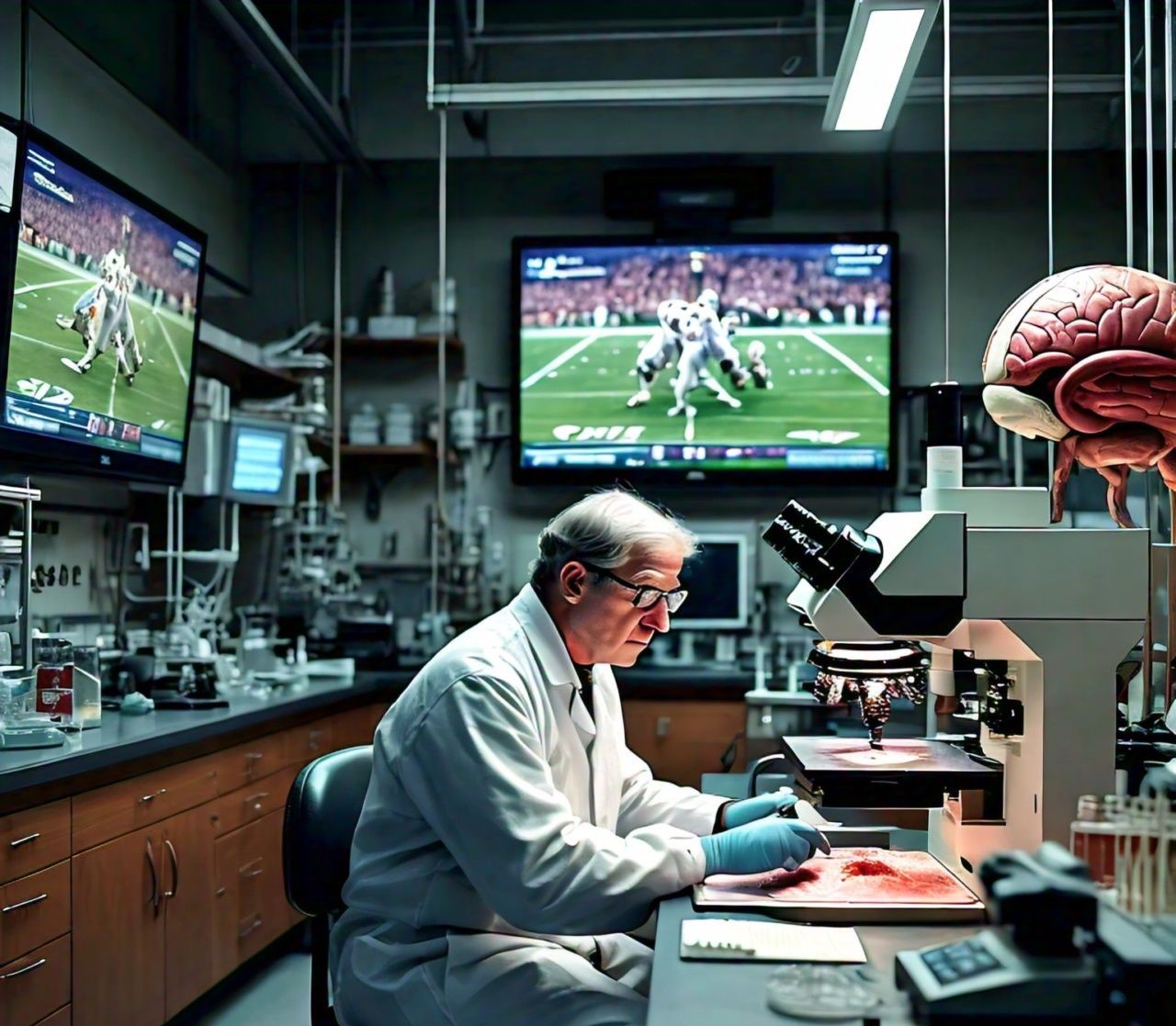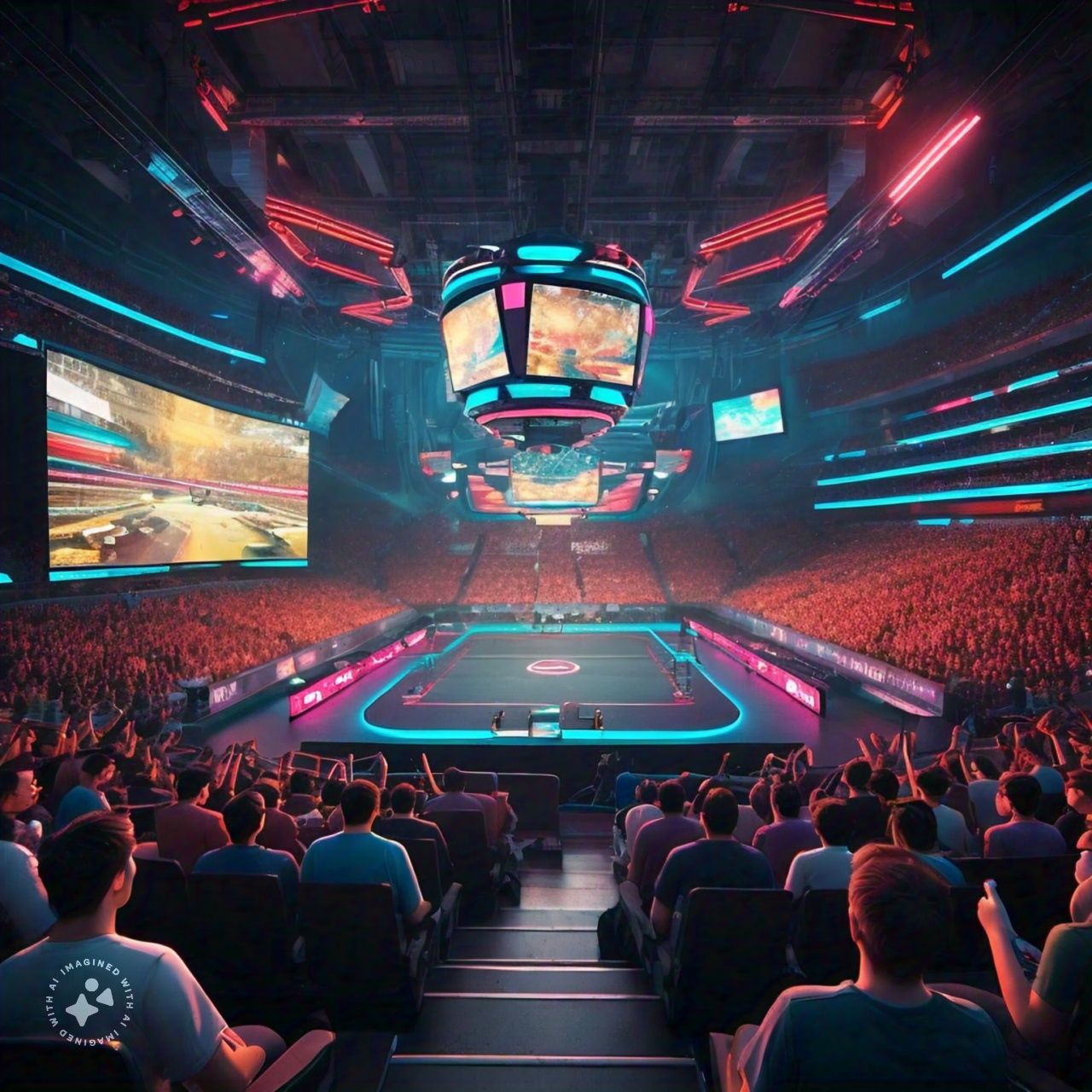Essential Strategies for Sports Event Security Management
Introduction to Sports Event Security Management
In today’s world, the management of security at sports events has become a critical component of event planning and execution. As sports events grow larger, attracting thousands of spectators, athletes and media personnel from around the globe ensuring the safety and security of all participants becomes an increasingly complex task. Effective sports event security management is essential not only for the protection of individuals but also for maintaining a positive reputation and ensuring the smooth operation of the event. This article delves into the various aspects of sports event security management, exploring key strategies, potential challenges and best practices that can help organizers ensure a safe and successful event.
Understanding the Importance of Sports Event Security
The importance of robust security measures at sports events cannot be magnified . From preventing crowd-related incidents to defeat potential terrorist threats, the scope of security responsibilities is vast. The primary aim is to protect the lives and well-being of attendees, athletes and staff. However, effective security management also plays a crucial role in fostering a positive public image and ensuring the financial success of the event. A security breach can have severe consequences ranging from physical harm to loss of revenue, legal implication and long-lasting reputational damage.
Key Elements of Sports Event Security Management
Risk Assessment and Planning
Risk assessment is the foundation of any security strategy. It involves identifying potential threats and weakness specific to the event such as the venue’s layout, the expected number of attendees, the presence of high-profile individuals and the nature of the sport itself. A thorough risk assessment enables organizers to develop a comprehensive security plan tailored to address these unique challenges.
Crowd Management
Effective crowd management is crucial to preventing accidents and ensuring the smooth flow of people. This includes designing efficient entry and exit points , implementing crowd control measures such as barriers and signage , deploying trained personnel to monitor and manage large gatherings. Advanced technologies like crowd simulation software can help predict crowd behavior and optimize venue layouts.
Access Control
Controlling access to the event venue is a critical security measure. This involves setting up checkpoints for ticket validation, bag checks and metal detectors to prevent unauthorized or dangerous items from entering the place . Access control also extends to restricted areas within the venue ensuring that only authorized personnel can enter sensitive zones like locker rooms or VIP sections.
Surveillance and Monitoring
Surveillance systems including CCTV cameras, drones and other monitoring technologies, play a vital role in real-time security management. These tools help security personnel detect and respond to suspicious activities Fastly . Integrating facial recognition technology can enhance the identification process while data analytics can provide insights into potential security threats.
Emergency Response and Evacuation Plans
Despite the best efforts emergencies can still occur. Having a well-defined emergency response plan is necessary. This includes clear communication channels, designated roles for security personnel and coordination with local emergency services. Regular drills and training sessions ensure that everyone involved is prepared to act swiftly and efficiently in case of an incident. Evacuation plans should be clearly communicated to attendees with visible signage and announcements during the event.
Challenges in Sports Event Security Management
Evolving Threats
The nature of security threats is constantly evolving with new tactics and technologies emerging regularly. Cybersecurity threats such as hacking into event management systems or disrupting digital ticketing platforms adds another layer of complexity. Staying ahead of these threats requires continuous monitoring, adaptation and investment in the latest security technologies.
Balancing Security and Experience
One of the significant challenges in sports event security is finding the right balance between binding security measures and maintaining a positive attendee experience. Excessive security checks and restrictions can lead to frustration and decrease the enjoyment of the event. It’s essential to implement efficient and invisible security procedures that do not compromise the overall experience.
Coordination Among Multiple Stakeholders
Sports events often involve collaboration between various stakeholders including event organizers, venue management, security firms, local law enforcement and emergency services. Ensuring seamless coordination and communication among these parties is critical to the success of the security plan. Regular meetings and briefings along with clear protocols can facilitate effective teamwork.
Best Practices for Sports Event Security
Comprehensive Training Programs
Training is a pillar of effective security management. All security personnel should undergo proper training programs that cover a wide range of scenarios from handling crowd disturbances to responding to potential terrorist threats. Continuous education and simulation drills help keep skills sharp and ensure preparedness.
Utilizing Technology
Utilizing advanced technology can significantly enhance security measures. Biometric access control, AI-driven surveillance systems and real-time data analytics provide valuable tools for monitoring and managing security threats. Mobile apps can also be used to provide attendees with real-time updates and safety information.
Community Engagement
Engaging the local community and supporting a culture of attention can enhance security efforts. Encouraging attendees to report suspicious activities and providing clear channels for communication can help identify and decrease risks early. Collaborating with local businesses and residents can also enhance overall security by creating a network of awareness and support.
Environmental Design
The design and layout of the event venue can impact security significantly. Incorporating security considerations into the architectural design such as clear sightlines, multiple access points and strategically placed barriers can improve crowd control and reduce weakness. Environmental design principles such as Crime Prevention Through Environmental Design (CPTED) can be applied to increased security.
Post-Event Evaluation
A comprehensive evaluation of security measures post-event is essential for continuous improvement. Gathering feedback from security personnel, attendees and other stakeholders can provide valuable insights into what worked well and what areas need improvement. This analysis helps in refining future security strategies and staying prepared for new challenges.
Conclusion
Sports event security management is a multifaceted discipline that requires accurate planning, continuous adaptation and collaboration among various stakeholders. By understanding the importance of security, implementing key elements such as risk assessment, crowd management , surveillance and addressing challenges proactively, organizers can create a safe and enjoyable environment for all participants. Embracing best practices, leveraging technology and promoting a culture of attention are essential steps toward ensuring the success and security of sports events in today’s dynamic landscape.























